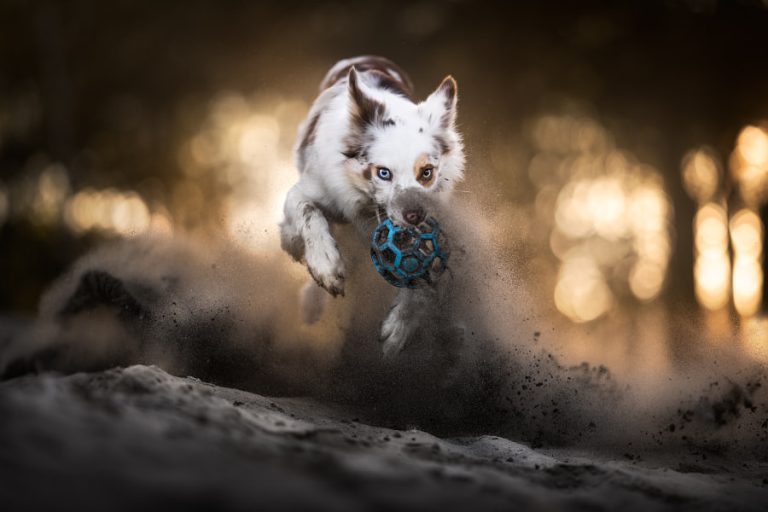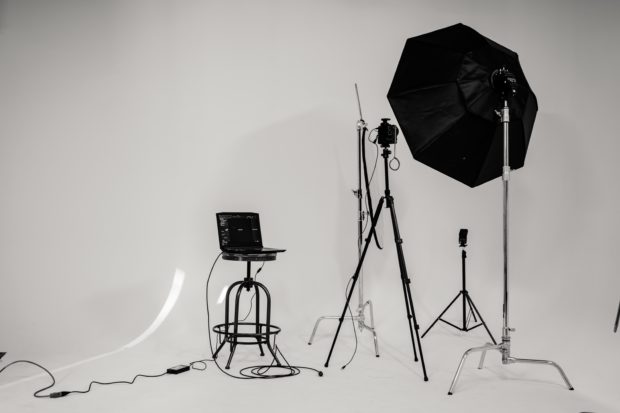It’s no secret that photography technology is constantly evolving and has been since its invention. In modern times, DSLR cameras have been the industry standard in photography. But as a community of photography enthusiasts, we’re starting to wonder is that changing? Some industry experts believe mirrorless cameras are becoming the new go-to option for amateur and pro photogs.
Does this mean DSLR cameras are going extinct? Let’s take a closer look.
The Evolution of Camera Tech
Before we decide if the DSLR camera is on-the-way out, let’s take a look back at the history of camera technology. Photography first emerged in the form of daguerreotypes in the mid 1800s, through a process that used iodine-sensitized silvered plate and mercury vapor. Film photography was created soon after and its impressive process improvement kept film cameras the go-to for over 150 years.
Advent of Digital Photography
It wasn’t until the 1970s that digital camera technology started to emerge. Digital cameras work by capturing images electronically – no film required.
The invention of digital photography came with many advantages over its film predecessors. You can see your photo immediately after taking it, eliminate the need to develop film and there is no wait for your photos to be ready. Digital images can also be edited and manipulated much more quickly than traditional film photographs. You can also store an indefinite number of digital photos on a computer or electronic device within seconds.
The first digital cameras were cumbersome and expensive, so they didn’t gain much popularity. However, as technology progressed, digital cameras became smaller and more affordable–making them more appealing to a broader range of consumers, from amateur photographers to professionals.
Enter the DLSR camera
Although the first digital cameras were a big step up from film cameras, they still couldn’t compare to the quality of photos taken with a DSLR camera. DSLR cameras use a digital sensor to capture images, whereas most digital cameras use a CCD or CMOS sensor.
DSLR sensors are larger than those found in other digital cameras, which allows them to capture more detail and produce higher-quality images. DSLR cameras can also change lenses, giving you more control over your photos.
At the turn of the century, DSLR cameras became the new standard in photography. Professional photographers and amateurs alike began using these sophisticated cameras to capture images.
However, there is always room for improvement, and that’s where mirrorless cameras come in.
Mirrorless vs. DSLR cameras
Mirrorless cameras are a newer type of camera that is quickly gaining popularity. Since Cannon and Nikon were the industry standards for DLSR cameras, companies like Sony and Fuji focused their efforts around mirrorless technology. The result? A huge growth in market share for the first manufacturers / mirrorless champions.
The main difference between DSLR and mirrorless cameras is that mirrorless cameras don’t have a reflex mirror. This mirror is used to reflect light from the lens into the viewfinder.
The lack of a reflex mirror means that mirrorless cameras are smaller and lighter than DSLR cameras. The technology also allows for a shorter lag time between when you take a photo and when the image is captured.
Some people believe that mirrorless cameras are the future of photography–because they offer the quality of a DSLR camera in a smaller and more affordable package.
Why Go Mirrorless?
There are a few reasons you might want to consider buying a mirrorless camera. For starters, they’re smaller and lighter than DSLR cameras. This makes them more portable, ideal if you’re going on vacation or traveling for work.
Viewfinder
Mirrorless cameras also have an electronic viewfinder (EVF), which is a screen that shows you the photo you’re taking. That eliminates the need to look through the camera lens, which can be tricky in bright light.
The EVF on a mirrorless camera is usually very high quality, making it a better option than the viewfinder on a DSLR camera.
Shooting Speeds
Since mirrorless cameras don’t have a reflex mirror, they’re also able to shoot faster than DSLR cameras, which is ideal for capturing fast-moving subjects or action shots.
The internal workings of a mirrorless camera also allow for silent shooting. This feature is perfect for situations where you don’t want to make any noise, such as photographing wildlife or in a church.
Video
DSLR cameras are often used to shoot video, but they’re not as good as mirrorless cameras. Mirrorless cameras have the ability to shoot in 4K, which is four times the resolution of 1080p. They also have better autofocus and image stabilization than DSLR cameras.
Are DSLRs Going Extinct?
The hype train started with Sony and Fuji back when mirrorless technology first came out, but more now traditional DSLR companies are making the switch. Canon, for instance, released the EOS R, its first full-frame mirrorless camera recently. And this year, it plans to release no new flagship DSLR models.
Nikon also joined the party with its Z6 and Z7 mirrorless cameras. These cameras are a big step up from Nikon’s previous models, and they’re quickly gaining popularity among professional photographers. The Z8 is rumored to be even better.
When all the major camera companies are releasing new mirrorless models, it’s a sign that the technology is here to stay. But does that mean DSLR cameras will become obsolete?
As more companies focus on mirrorless technology, DSLRs will likely become less popular. Considering they don’t provide the same nostalgia as film cameras, it’s hard to see how DSLRs can survive in the long run.
Want to learn the latest skills and tech in photography? We got you. Subscribe now to access of full library of photography and videography classes.






